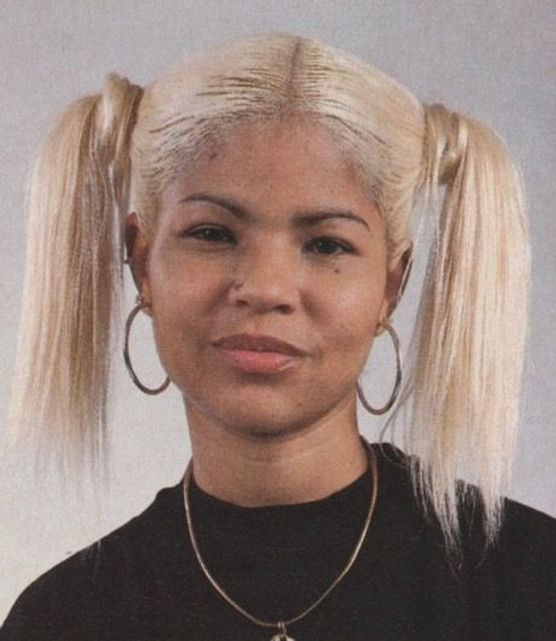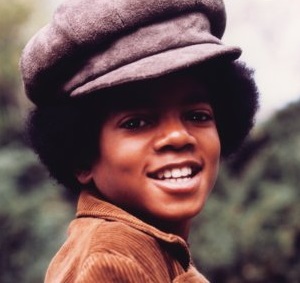AI “Resurrections” of Legends: When Technology Crosses Ethical Lines
AI “Resurrections” of Icons Spark Outrage — Zelda Williams, Bernice King Denounce Sora Use
The rise of AI tools such as Sora is enabling creators to digitally resurrect iconic figures — Tupac Shakur, Michael Jackson, Dr. Martin Luther King Jr., and the late actor Robin Williams among them. But while these visual and voice simulations can be mesmerizing, they have also provoked fierce backlash. Zelda Williams, daughter of Robin Williams, has publicly condemned videos that replicate her father’s likeness. And more recently, Bernice King, daughter of Dr. Martin Luther King Jr., took to social media to reject an AI-generated depiction of her father.
Their reactions raise urgent questions about digital legacy, consent, ethics, and who owns a person’s image after death.
What Is Sora & AI “Resurrections”?
Sora (or tools like it) leverage large language and generative models to reconstruct video, voice, and persona of individuals — living or deceased — based on existing footage, speeches, and recordings. Because AI systems often lack legal or ethical guardrails around deceased public figures, these recreations slip through loopholes:
-
Some content creators argue their work is artistic or “tribute” in nature.
-
Others produce sensational or speculative videos (e.g. conversations between Tupac and Michael Jackson) that never happened, but appear real.
-
The use of historical figures in AI content has grown viral, often with little transparency about what’s AI-generated.
While deepfakes and AI avatars aren’t new phenomena, the speed, realism, and availability of tools like Sora are pushing the issue into mainstream controversy.
AI is really getting out of hand—they’ve got Tupac Shakur linking up with Kobe Bryant, Michael Jackson, Biggie, Bruce Lee, Elvis & Fidel Castro. 😳😭🎤 pic.twitter.com/gsxh07Q9hJ
— Rain Drops Media (@Raindropsmedia1) October 3, 2025
Zelda Williams Speaks Out
NGL Michael Jackson freestyling with Robin Williams slaps. Thanks Sora 2 pic.twitter.com/XmoQv28tbS
— ChrisCarm (@chriscarm) October 3, 2025
Zelda Williams has been one of the most outspoken critics of AI recreations of her late father:
-
She has publicly asked followers and fans to stop sending AI videos of Robin Williams, calling them disrespectful and emotionally painful.
-
In an interview, Zelda described seeing these resurrected versions as “disgusting, over-processed hotdogs,” insisting they are not what her father would have wanted.
-
Beyond personal distress, Zelda warns that such recreations reduce the complexity of a person’s life into viral content and trivialize memory.
Her stance highlights how AI simulations affect not just public perception, but the lived experience of family and legacy holders.
Bernice King’s Response & Her Tweet
Bernice King recently addressed a viral AI image that placed Dr. King in a controversial context. In a post from her official account, she wrote (via X/Twitter):
“This is INTENTIONALLY DISTASTEFUL, DISHONORING, DEPLORABLE, and DISRESPECTFUL. My father is not a prop. Please delete.”
(Bernice King, X post, 2025) X (formerly Twitter)
Her statement underscores that her father’s image — deeply tied to civil rights, moral authority, and public memory — should not be manipulated for shock, humor, or clicks.
Bernice criticized not only the specific AI creation, but the broader impulse to treat cultural icons as raw material for digital entertainment.
I concur concerning my father.
Please stop. #RobinWilliams #MLK #AI https://t.co/SImVIP30iN— Be A King (@BerniceKing) October 7, 2025
AI got Martin Luther King Jr doing stand up comedy pic.twitter.com/vtERIPNEeR
— hoopsjunky (@hoopsjunky54491) October 7, 2025
The Ethical & Legal Landscape
Consent and Posthumous Rights
One of the central tensions is that consent cannot be granted post-mortem. Unless an individual preemptively grants license, using their likeness after death walks into murky legal territory.
Some U.S. states recognize a right of publicity even after death, giving estates control over commercial use of likenesses — but laws vary widely and seldom anticipate AI’s capabilities.
Art vs. Exploitation
Proponents may call AI recreations tribute pieces. Yet when content fabricates speech, manipulates character, or uses distortion, critics argue it becomes exploitative — turning memory into spectacle.
Emotional Harm & Legacy Distortion
For descendants and estate holders, AI “resurrections” can reopen old wounds, misrepresent values, and dilute the authenticity of someone’s legacy. Zelda Williams and Bernice King both emphasize that such content is more than a novelty — it’s a violation of personal and cultural memory.
Platform Responsibility & Transparency
Another key demand is disclaimer labels: AI-generated content should clearly mark synthetic origin to prevent confusion or deception. Platforms and AI developers may need internal “safe modes” or restrictions when dealing with deceased figures.
I didn’t watch it (because 🤮), but someone commented on a video of Prince, Tupac and Michael Jackson. What is the point of this? It is ghoulish and so gross / creepy. Which part is “art” or honouring people? I have yet to see / hear a single good thing about AI. Yuck, man 🤮😡 https://t.co/vQsivZqK8b
— Zandile Magaqa 🌻🇿🇦 (@ZandileMagaqa) October 7, 2025
What Needs to Change
-
Stronger AI Safeguards
Developers and platforms should ban or restrict use of AI tools to recreate deceased individuals unless approval is obtained from their estates. -
Mandatory Disclaimers
All synthetic media (video, audio, image) should carry visible tags like “AI-generated” or “synthetic creation” to avoid misattribution. -
Estate Rights & Licensing Frameworks
Families and rights holders must have legal authority to approve or refuse AI recreations — similar to how music, image, and publication rights are managed. -
Ethics Standards & Industry Codes
Tech, media, and legal sectors should collaborate on guidelines outlining respectful uses (e.g. historical documentaries) versus manipulative ones. -
Educating Audiences
Public literacy must grow: people should learn how to spot deepfakes, question what they consume, and demand transparency.
Conclusion
The digital reanimation of cultural icons with AI may feel like a technical marvel — but it carries enormous emotional, ethical, and legal weight. Zelda Williams’s plea to stop circulating AI versions of her father and Bernice King’s forceful rejection of a synthetic portrait of Dr. King show that behind every pixel lie real families guarding memory.
As AI tools evolve, it’s vital that respect, dignity, and rights do too — before technology overwrites what’s truly sacred.
AI images of musical and hip hop legends like Selena, Michael Jackson, and Tupac Shakur had they lived pic.twitter.com/ucVnOR9Xee
— Music is Life (@ArtOfMusic_) August 24, 2025
Share this content:














Post Comment